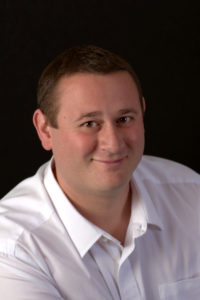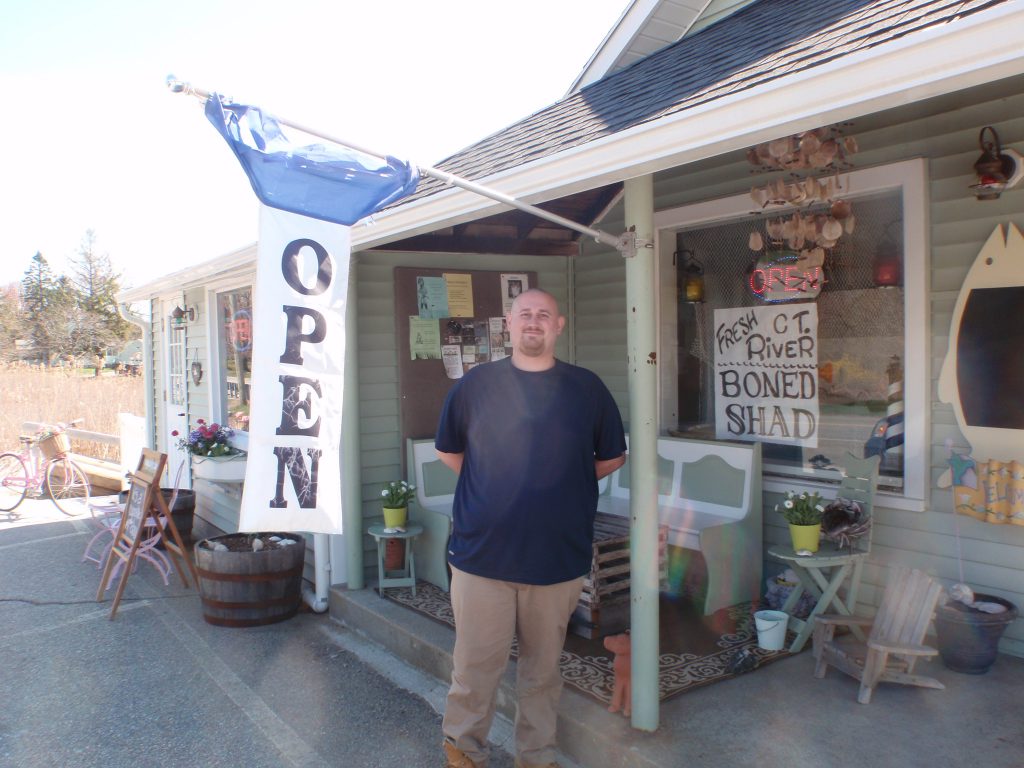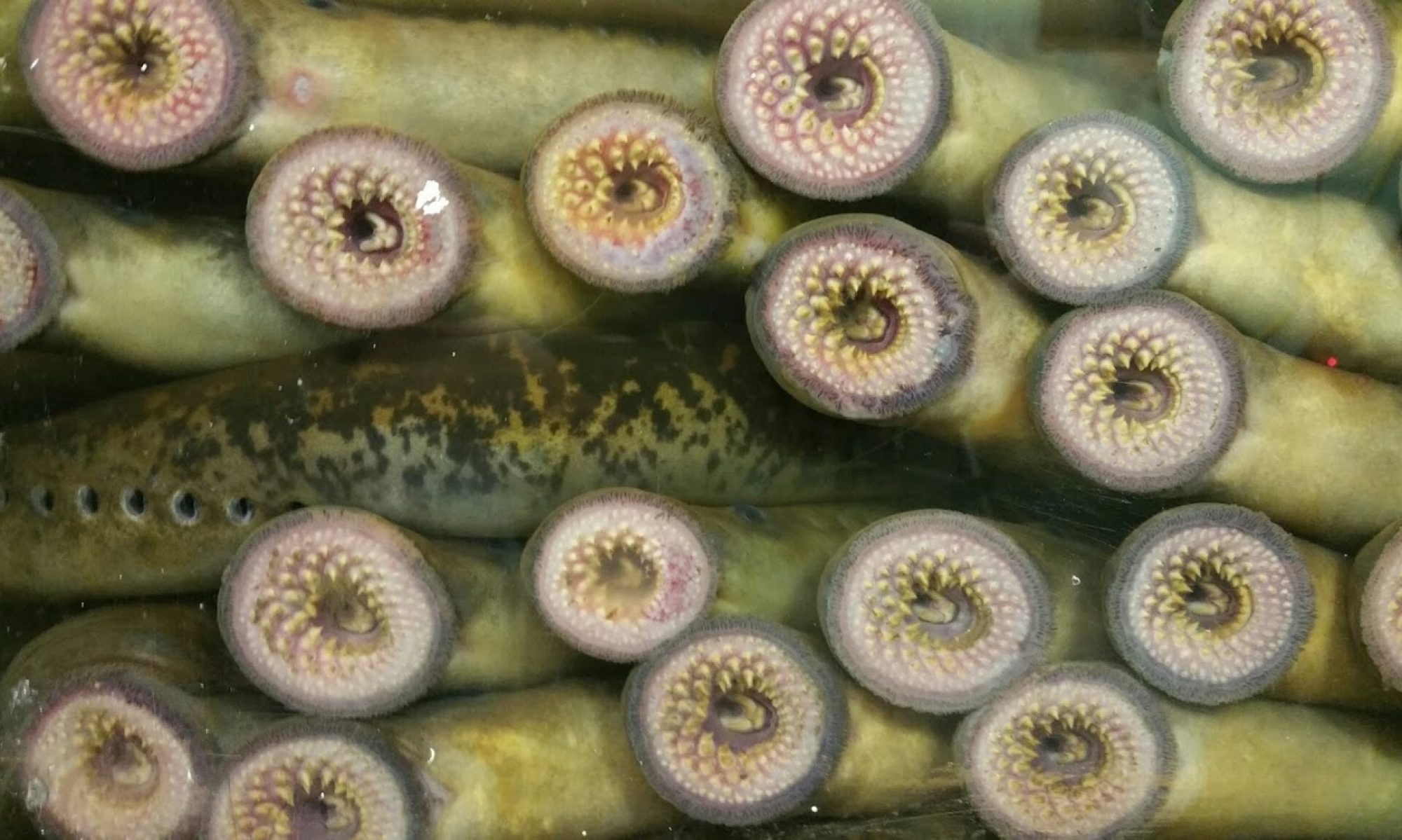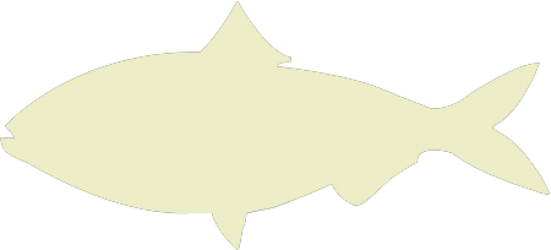About diadromy.com
Diadromy.com is devoted to spreading information about fish migration, science, and physiology in easily digestible chunks. This blog was created by a professional fish biologist who wants to make science, management, and technical information about diadromous species understandable for everyone with an interest. It was initially envisioned to spread localized information on diadromous species throughout New England but has been expanded for coverage throughout all areas of the world.
All comments are those of the respective author and do not represent the opinions of this website, employers, or other organizations.
Jason Boucher, PhD

Dr. Jason Boucher is a fish biologist with a love of diadromous species, especially American shad. I am a native of Massachusetts, but had the great fortune to spend summers with my family near the coast in York, ME as a child. I would spend endless hours wandering the seashore looking for sea creatures of all sorts. I vividly remember sitting in the back seat as we drove over the Piscataqua River Bridge and wondering what might be swimming in the river below. I had no idea at the time that American shad were down there, or that I would be chasing that species across the eastern seaboard to discover more of their amazing life history.

I received my B.Sc. in Aquaculture from the Florida Institute of Technology. I had the opportunity to work in the lab of Dr. Richard Turner, which started with menial tasks like cleaning degraded, unrecognizable specimens out of jars. Over time I was tasked with reviewing the basketstar specimens that were on loan from the Hourglass Collections. This work led to my first discovery and eventual publication – that an identification key misidentified smaller specimens of Astrophyton muricatum as a second species.
I remained at the Florida Institute of Technology for an M.Sc. in Marine Biology with Dr. Jon Shenker. This was also my first exposure to working with American shad! This work involved sampling eggs and larvae of American shad in the upper reaches of the St. Johns River, FL to estimate spawning dates, locations, and growth rates. (Yes, Jon, I know that I still need to publish my thesis!)
I immediately moved on to working on a Ph.D in Marine Science (Fisheries Oceanography) with Dr. Changsheng Chen at the UMass School for Marine Science & Technology in New Bedford, MA. There was a steep learning curve as I moved from field studies and lab work to scientific programming! This work focused on developing individual-based models of egg and larval haddock in the Gulf of Maine-Georges Bank region, which were coupled to the high-resolution FVCOM hydrodynamic model.
After finishing my Ph.D I accepted a postdoctoral scientist position at Shanghai Ocean University in Shanghai, China. My work focused on the development of individual-based models of copepod species in the Arctic and sub-Arctic seas.
Once my position in China ended, I moved back to the U.S. and took another postdoctoral position at the Northeast Fisheries Science Center in Woods Hole, MA. In this role I worked on several projects, ranging from the development of stock assessment model selection methods to American shad reproduction and fecundity.
After four years in Woods Hole I accepted the position of biometrician at the Delaware Division of Fish & Wildlife. My role had me focusing on quantitative fisheries science and representing the State of Delaware on stock assessments at the Atlantic States Marine Fisheries Commission for American eel, American shad, Atlantic & shortnose sturgeon, horseshoe crabs, river herring, striped bass, and weakfish.
I remained in Delaware for two and half years, then accepted a stock assessment position with NOAA Fisheries at the Northeast Fisheries Science Center in Woods Hole, MA. In my new role, I am continuing on with stock assessments of American shad, river herring, Atlantic & shortnose sturgeon, and beginning with silver hake.
Outside of my professional roles, I am a member of the Southeast Massachusetts chapter of Trout Unlimited and a lifetime member of the Delaware River Shad Fishermen’s Association.
Publications
My research is varied, ranging from echinoderm physiology to larval fish ecology to the development of multispecies stock assessment models. Here is a short list of my publications that I mentioned:
- McBride RS, Ferreri R, Towle EK, Boucher JM, Basilone G. (2016) Yolked oocyte dynamics support agreement between determinate- and indeterminate-method estimates of annual fecundity for a northeastern United States population of American shad. PLoS ONE 11(10): e0164203. doi: 10.1371/journal.pone.0164203
- Boucher JM, Chen C, Sun Y, Beardsley RC. (2013) Effects of interannual variability on the transport-retention dynamics of haddock Melanogrammus aeglifinus on Georges Bank. Marine Ecology Progress Series 487: 201-215. doi: 10.3354/meps10462
- Turner RL, Boucher JM. (2010) Loss of arm spines in the basketstar Astrophyton muricatum (Echinodermata: Ophiuroidea: Gorgonocephalidae), with a key to West Indian basketstars. Proceedings of the Biological Society of Washington 123: 17-26. doi: 10.2988/09-10.1

